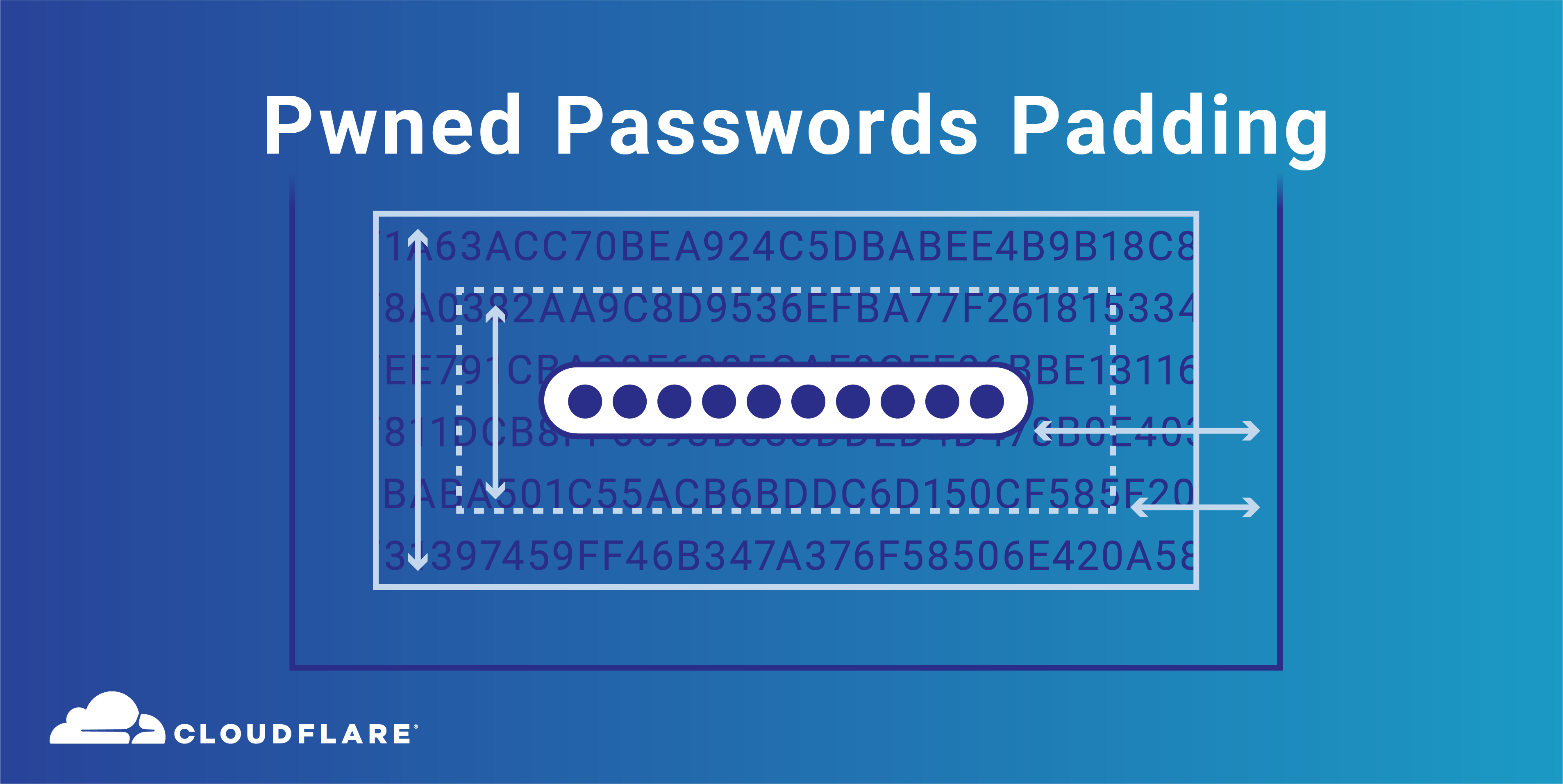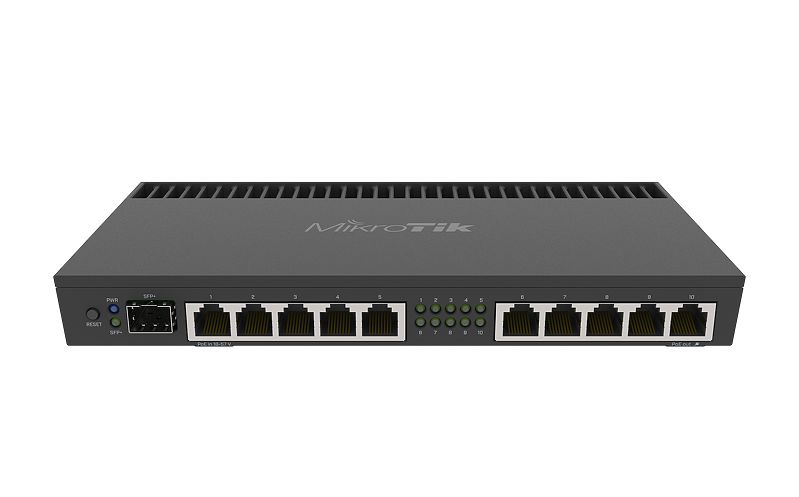CNCF Survey Underscores Cloud Native Popularity
Results from CNCF's annual survey indicate growing ubiquity of the use of cloud native technologies...
Use TheGreenBow VPN Client to Connect with VyOS
The site-to-site Virtual Private Networks (VPN) connect two or more remote locations. Thanks to it, computers located inside locations can communicate securely over the public Internet as they were located on the same private network. This is accomplished by tunnels that interconnect remote locations. Tunnels add extra layer security, encrypting user traffic carried inside tunnels. […]Continue reading...
Ericsson 5G Production Ramps at Texas ‘Smart Factory’
While “smart,” the facility initially counts approximately 100 employees. The facility itself...
Are All Networks Created Equal?
It’s not illogical to argue that since we all use the same networking technologies that all networks are essentially the same. Routing protocols, layer two technologies, and overlays all behave the same whether they are run in SOHO, enterprise, or service provider environments. That being said, it feels like there can be worlds of difference between the application of these technologies in different environments. In this episode Nick Buraglio, Kevin Myers, and I discuss just how interchangeable these technologies are and why it feels like engineers who work on the same technologies can feel worlds apart when their paths intersect.
Outro Music:
Danger Storm Kevin MacLeod (incompetech.com)
Licensed under Creative Commons: By Attribution 3.0 License
http://creativecommons.org/licenses/by/3.0/
The post Are All Networks Created Equal? appeared first on Network Collective.
Day Two Cloud 038: Making The Case For Third-Party Cloud Storage
Today's Day Two Cloud podcast focuses on third-party cloud storage. While cloud providers have native storage offerings, there may be times when you want an alternative. Guest Stephen Foskett discusses why third-party storage in the cloud is viable, describes common enterprise use cases, and examines key issues including performance, data management, and operations.
The post Day Two Cloud 038: Making The Case For Third-Party Cloud Storage appeared first on Packet Pushers.
Day Two Cloud 038: Making The Case For Third-Party Cloud Storage
Today's Day Two Cloud podcast focuses on third-party cloud storage. While cloud providers have native storage offerings, there may be times when you want an alternative. Guest Stephen Foskett discusses why third-party storage in the cloud is viable, describes common enterprise use cases, and examines key issues including performance, data management, and operations.Internet Society Board of Trustees Meeting on March 13-14, 2020, changed to a virtual meeting

Internet Society community members,
Due to concerns associated with the COVID-19 coronavirus, including the possibility of quarantines and other travel restrictions, the Internet Society Board of Trustees has decided to hold its meeting on 13-14 March, 2020, as a virtual meeting instead of a physical meeting in Cancun, Mexico. This board meeting was originally planned to follow the ICANN 67 meeting in Cancun, which was also changed to a virtual meeting.
The agenda and remote participation information will be published to https://www.internetsociety.org/board-of-trustees/meetings/ within the next few days.
The post Internet Society Board of Trustees Meeting on March 13-14, 2020, changed to a virtual meeting appeared first on Internet Society.
Ampere Targets Intel, AMD With Cloud-First Chips, Oracle Partnership
Oracle, which holds a $40 million stake in Ampere, has announced plans to leverage the Altra...
Cumulus Networks launches the industry’s first open source and fully packaged automation solution — making open networking easier to deploy and manage and enabling infrastructure-as-code models
Today, Cumulus Networks is announcing the release of its production-ready automation solution for organizations moving towards fully automated networks in order to take advantage of infrastructure-as-code deployment models.
At the forefront of the networking industry, we see our customers caught in the shifting tides as the modern data center moves toward fully automated networking. As they look to take advantage of innovative technology like 5G, cloud, IoT and more, organizations are looking to innovative networking deployments that incorporate new ways of thinking about automation like infrastructure-as-code, CI/CD and more. As network traffic continues to grow at an exponential rate, organizations are left with infrastructure that is harder to manage and deploy. Bogged down by the cost and time it takes to build out bits and pieces of fully automated solutions, these organizations are in need of a solution to help them innovate their networks at the speed business demands.
Cumulus is now offering the first open source, out-of-the-box, robust, end-to-end automated configuration and testing solution using Ansible. Customers no longer have to piece together their network automation from disparate and untested scripts and proof-of-concept playbooks. Cumulus is offering a framework for an elegant push-button solution for those looking for cutting-edge Continue reading
Pwned Passwords Padding (ft. Lava Lamps and Workers)


The Pwned Passwords API (part of Troy Hunt’s Have I Been Pwned service) is used tens of millions of times each day, to alert users if their credentials are breached in a variety of online services, browser extensions and applications. Using Cloudflare, the API cached around 99% of requests, making it very efficient to run.
From today, we are offering a new security advancement in the Pwned Passwords API - API clients can receive responses padded with random data. This exists to effectively protect from any potential attack vectors which seek to use passive analysis of the size of API responses to identify which anonymised bucket a user is querying. I am hugely grateful to security researcher Matt Weir who I met at PasswordsCon in Stockholm and has explored proof-of-concept analysis of unpadded API responses in Pwned Passwords and has driven some of the work to consider the addition of padded responses.
Now, by passing a header of “Add-Padding” with a value of “true”, Pwned Passwords API users are able to request padded API responses (to a minimum of 800 entries with additional padding of a further 0-200 entries). The padding consists of randomly generated hash suffixes with the usage Continue reading
My Cisco Certified DevNet Professional Journey, Part 1 by Nick Russo
On 27 February 2020, I took and passed the Cisco Certified DevNet Professional Core (DEVCOR) exam on my first attempt. For those who like to memorize dates, yes, I did pass DEVASC and DEVCOR on the same day to cut down on trips to the test center. Like DEVASC, this exam was fair and all blueprint topics were appropriately represented. You can read about my DEVASC blog here (provide link to other blog).
I want to focus on what I did to succeed and less about the exam structure itself. You can learn more about the official certification here. This blog is focused primarily on the DEVCOR exam. Before talking about the exam, just know that you need to pass the core exam plus one concentration exam to earn the Cisco Certified DevNet Professional certification. I also passed the ENAUTO exam, which focuses on enterprise network automation. I’ll write about it in “part 2” later.
Before attempting this certification, you should already have a DevNet Associate certification (not required) or comparable knowledge, plus at least 3 years of software development/automation experience. The DEVCOR exam was no joke. It was harder than the CCIE RS and SP written exams, and about Continue reading
Machine Learning in Networking Products
AI is the new SDN, and we’re constantly bombarded with networking vendor announcements promising AI-induced nirvana, from reinventing Clippy to automatic anomaly- and threat identifications.
If you still think these claims are realistic, it’s time you start reading what people involved in AI/ML have to say about hype in their field. I posted a few links in the past, and the Packet Pushers Human Infrastructure magazine delivered another goodie into my Inbox.
You REALLY SHOULD read the original article, here’s the TL&DR summary for differently-attentive:
Read more ...Machine Learning in Networking Products
AI is the new SDN, and we’re constantly bombarded with networking vendor announcements promising AI-induced nirvana, from reinventing Clippy to automatic anomaly- and threat identifications.
If you still think these claims are realistic, it’s time you start reading what people involved in AI/ML have to say about hype in their field. I posted a few links in the past, and the Packet Pushers Human Infrastructure magazine delivered another goodie into my Inbox.
You REALLY SHOULD read the original article, here’s the TL&DR summary for differently-attentive:
Starting a WISP: guide to selecting a routing architecture

Understanding the choices – why is routing design so important?
Routing is the foundation of every IP network. Even a router as small as the one in your home has a routing table and makes routing decisions.
Selecting a routing architecture is a critical but often overlooked step to ensure that a startup WISP can provide the necessary performance, scalability and resiliency to its subscribers.
This post will go through each the major design types and highlight pros/cons and when it is appropriate to use a particular routing architecture.
A note on IPv6
Dual stack is assumed in all of the designs presented. The cost of IPv4 public will continue to climb.
It’s no longer a scalable option in 2020 to build an ISP network without at least a plan for IPv6 and ideally a production implementation.
1. Flat network (aka bridged network)
“Behind the L3 boundary, there be L2 dragons”
-ancient network proverb

Unfortunately, this is often the worst choice for all but the smallest WISPs that don’t have any plans to scale beyond 1 to 100 subscribers.
Bridged networks with one or more subnets in the same L2 broadcast domain are the most commonly deployed routing design that Continue reading
Extend Fortinet FortiGate to Kubernetes with Calico Enterprise 2.7
We are excited to announce the general availability of Calico Enterprise 2.7. With this release, Fortinet’s 400,000 customers can use FortiGate to enforce network security policies into and out of the Kubernetes cluster as well as traffic between pods within the cluster.
- Kubernetes workloads populate the Fortigate GUI
- The network team can then create and enforce policies in Fortigate and have them enforced as Calico Policy
- Saves time and money and lets the network team retain the firewall responsibility (which also frees up time for ITOps)

We have also added many new exciting capabilities that help platform engineers blow through barriers blocking their path to production, and advanced cybersecurity capabilities for those already running production workloads.
- Manage Network Security Across Multiple Kubernetes Clusters
- Enforce a Common Set of Security Controls Across Multiple Clusters
- Detect and Alert on Unauthorized Changes and Other Attack Vectors
- Self-Service Troubleshooting for End Users
- Detect and Prevent Malicious Data Exfiltration
Manage Network Security Across Multiple Kubernetes Clusters
As the adoption of Kubernetes continues to accelerate, our customers are seeing the number of clusters in their environments rapidly multiplying. This has created a management challenge for IT Ops teams who are constantly pushed to find ways Continue reading
Why I’m Excited to Join Cloudflare as its First CIO


I am delighted to share that I have joined Cloudflare as its first Chief Information Officer to help scale the company in this new phase of its business. It’s an incredibly exciting time to be joining Cloudflare, and I am grateful for the opportunity to do my part to help build a better Internet.
At one of my previous companies, I made a bet on Cloudflare to equip us with security and performance solutions across a very decentralized global set of products and services. This is something that would have been very difficult without a cloud solution like Cloudflare’s. Since then I’ve been watching Cloudflare grow, and have always been very impressed by the speed of innovation and transparency, but also how Cloudflare operates: doing the right thing, with integrity, and above all building trust with customers and partners. The “do the right thing, even if it’s hard” mentality that I saw from Cloudflare since I started doing business with them as a customer, was key for me. When I heard that Cloudflare was looking for its first CIO I was excited to have a discussion to see if I could help.
During the interview process I got a sense Continue reading
Getting Rusty
Early this year I wrote about returning to first principles. I think this desire to dive deeper is a natural continuation of my goal of becoming a more well-rounded technologist. While it’s good to know and exploit your strengths, I think it’s also healthy to try and fill gaps where you see them, and I feel this is an area that warrants some focus for me. One way that I’ll be working towards this focus in 2020 is learning Rust.Daily Roundup: Coronavirus Cancels More Tech Events
Coronavirus canceled more tech events; Equinix paid $335 million for Packet; and Rakuten Mobile...
Did We Just Attend the Last Trade Show Ever at RSA?
Security professionals tend to be at least a moderately paranoid bunch, and adding a real virus to...